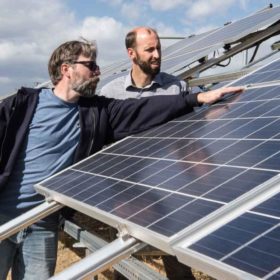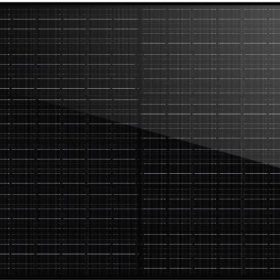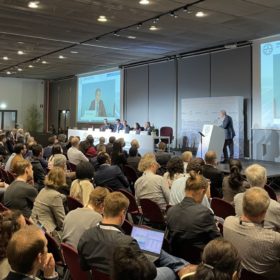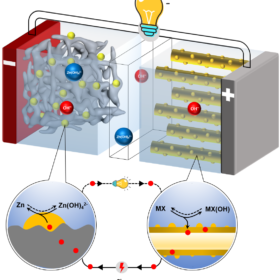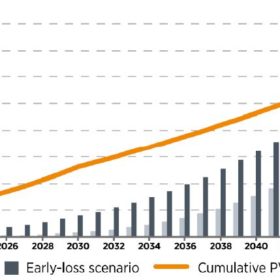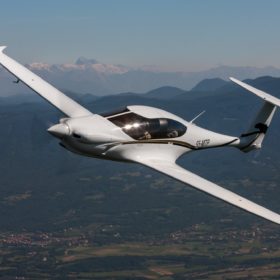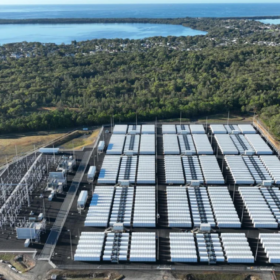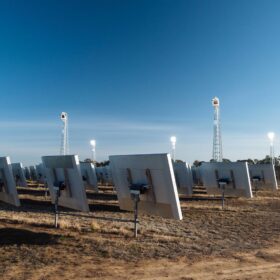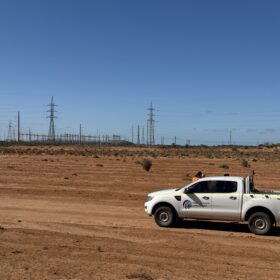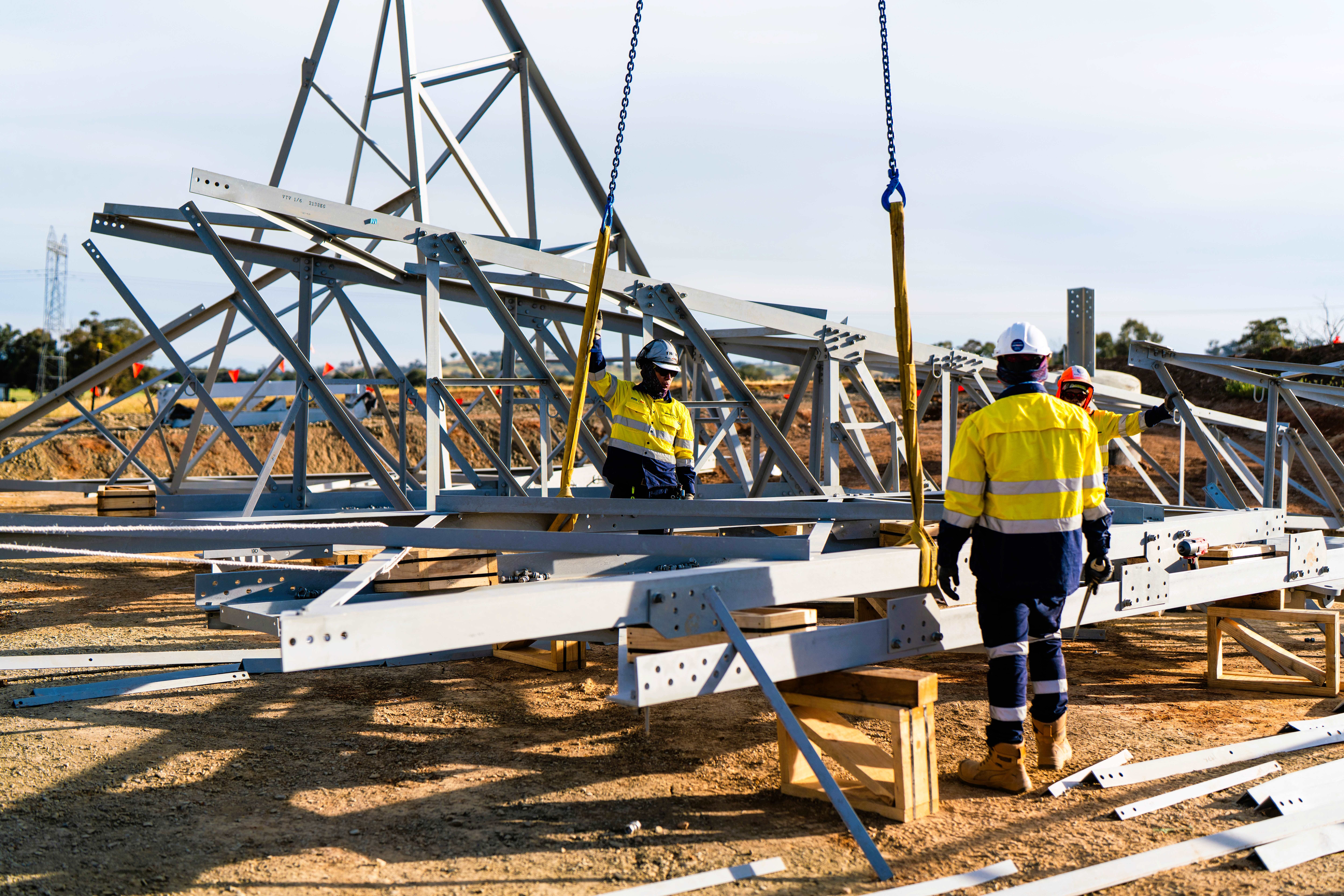How long do rooftop residential solar panels last?
Multiple factors affect the productive lifespan of a residential solar panel. In the first part of this series, we look at the solar panels themselves.
New insurance facility to speed up low-carbon hydrogen projects
Marsh has launched the world’s first insurance facility for green and blue hydrogen project risks. Pv magazine recently spoke with the company about the challenges that operators face in securing insurance coverage for new technologies.
Study shows Nextracker’s machine learning software improves solar plant output
The software’s algorithms were found to boost output by leveraging Nextracker’s independent-row tracking system.
Longi announces new 415 W solar panel for residential, commercial applications
Longi unveiled a new 54-cell module at RE+ Anaheim last week, with outputs ranging up to 415 W, and an efficiency rating of 21.3%.
H2X launches long-awaited Warrego hydrogen powered ute
Australian startup H2X is finally launching its fuel cell electric vehicle (FCEV) Warrego Ute announced last year. The vehicle is currently undergoing final validation and verification with the company saying it expects to have the model on the market within nine months.
‘The first terawatt of solar PV installed globally took some 70 years to achieve, while the second will likely take only three’
Leading solar researchers from around the world are meeting for the first time in four years in Milan, Italy, for the 8th World Conference on Photovoltaic Energy Conversion (WCPEC-8). The first morning has seen prestigious awards bestowed on two scientific leaders and inspirational discussions as to how the “second terawatt” of solar can be installed globally in just a handful of years.
Super-fast, long-life aqueous rechargeable zinc battery
An international group of researchers has demonstrated an aqueous zinc battery with excellent performance in terms of capacity, rate capability, specific energy, and output voltage. The supercapacitor-battery hybrid device has also shown unprecedented cycling stability 99.2% capacity retention after 17,000 cycles at 100% depth of discharge.
Enel unveils 680 W n-type heterojunction solar panel for utility-scale applications
Enel Green Power’s new solar panel has average efficiencies ranging from 22.6% to 22.9% and a temperature coefficient of -0.24% per degree Celsius. It is based on an n-type solar cell with G12 format and a power conversion efficiency of 24.6%.
IEA PVSP predicts high-cost, low-revenue scenario for solar recycling
A recent report by the International Energy Agency Photovoltaic Power Systems Programme (IEA PVSP) reviews the current regulatory and industrial landscape for end-of-life PV management in Germany, France, Italy, Spain, Japan, South Korea, China, Australia, and the United States.
Electric planes are coming: Short-hop regional flights could be running on batteries in a few years
Electric planes might seem futuristic, but they aren’t that far off, at least for short hops. Two-seater Velis Electros are already quietly buzzing around Europe, electric sea planes are being tested in British Columbia, and larger planes are coming.
